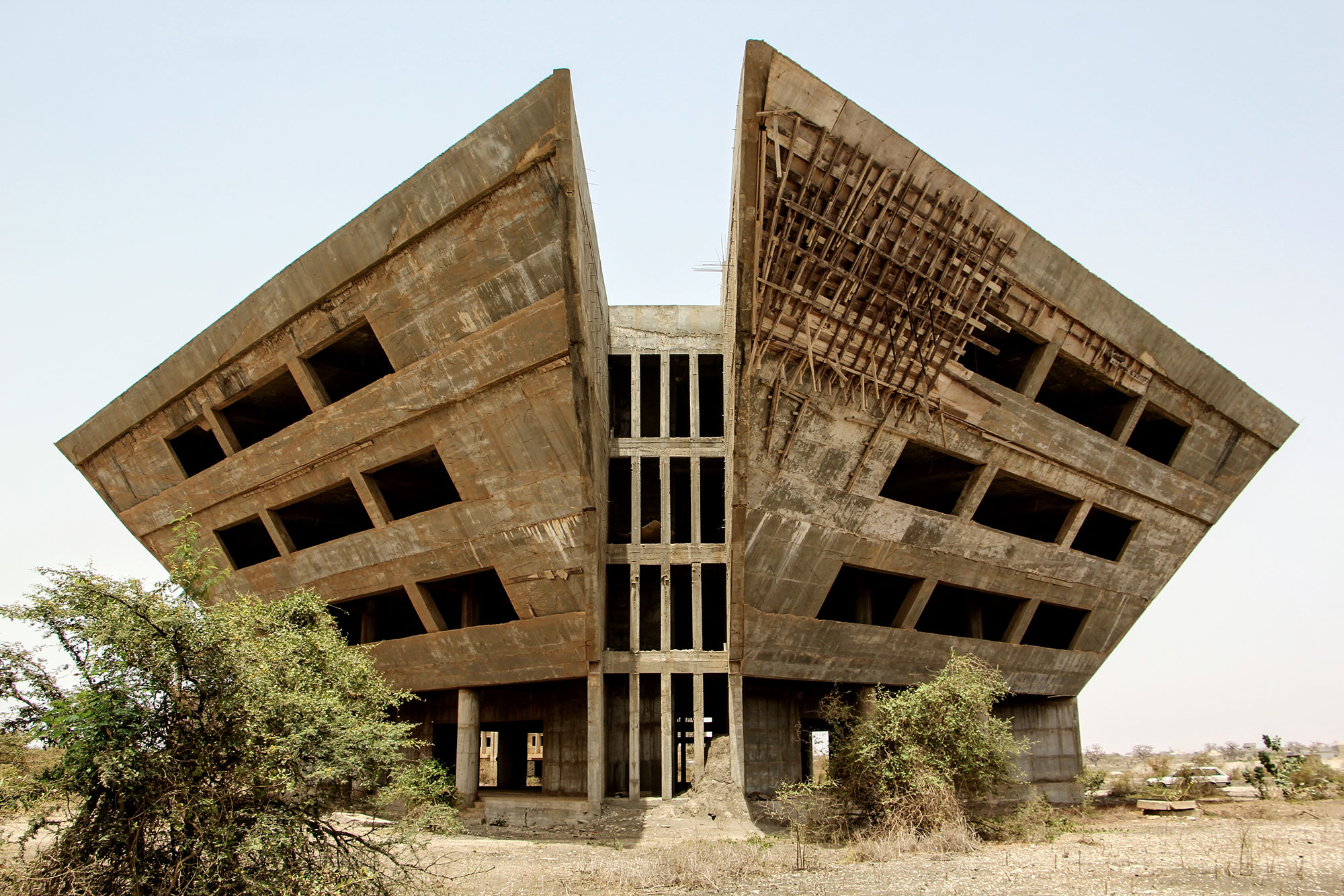Ferdinand De Jong, Brian Quinn, and Jean-Nicolas Bach, “Ruines d’utopies: l’École William Ponty et l’Université du Futur africain,” Politique africaine 135, no. 3 (2014): 71–94.
Nigel Gibson, “The Oxygen of the Revolution: Gendered Gaps and Radical Mutations in Frantz Fanon’s A Dying Colonialism,” Philosophia Africana 4, no. 2 (2001): 47–66.
UNESCO General History of Africa, ed. Joseph Ki-Zerbo (University of California Press, 1989).
Joseph Ki-Zerbo, “Muter ou périr,” Le Mutant D’Afrique: Trimestriel D’information Culturelle Et Scientifique, no. 2 (1982). Trans. Stéphane Verlet-Bottéro.
Félix Guattari and Suely Rolnik, Micropolítica: Cartografias Do Desejo (Vozes, 1986). Translated as Molecular Revolution in Brazil (Semiotext(e), 2008).
Edward W. Said, “Travelling Theory Reconsidered,” in Reflexions on Exile (Harvard University Press, 2000).
Patrick Chamoiseau, Écrire en pays dominé (Gallimard, 1997).
Gary Okihiro, Margins and Mainstreams: Asians in American History and Culture (University of Washington Press, 1994).
